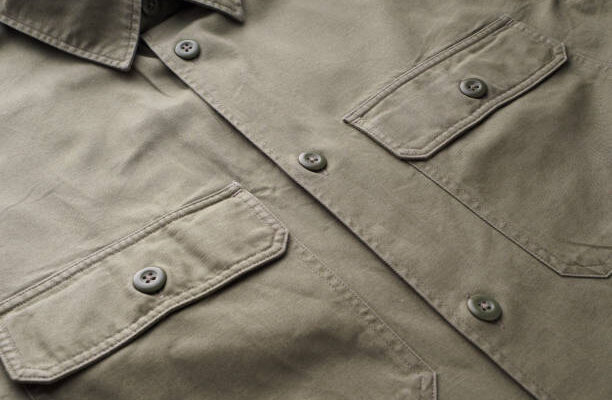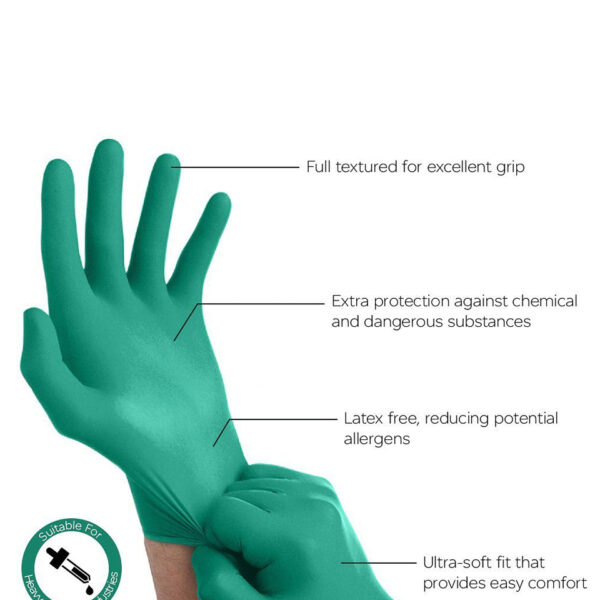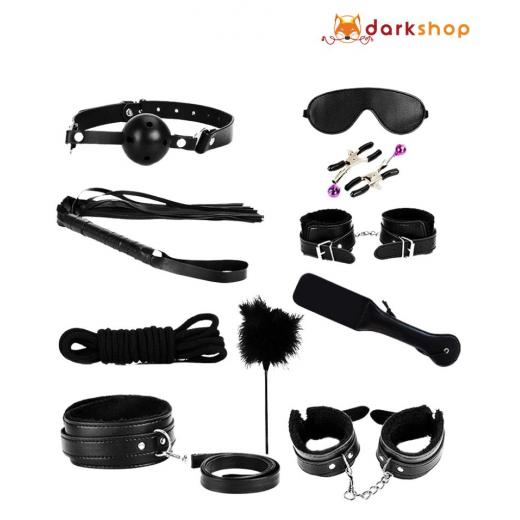
In professions that deal with fire hazards or intense heat, wearing the right clothing becomes a matter of life and safety. FR pants and shirts, also known as flame-resistant clothing, are essential gear for workers in various industries. These garments are specially treated or made from inherent flame-resistant materials to offer superior protection against burns and thermal injuries.
This article delves into the key features of FR pants and shirts, explaining how they shield wearers from potential dangers and ensuring optimal safety in hazardous environments.
Understanding FR Fabrics
FR pants and shirts come in a variety of fabrics, each with its own set of advantages. Here’s a breakdown of some of the most common ones:
- Treated Cotton: Regular cotton is treated with flame-retardant chemicals to achieve FR properties. This is a cost-effective option, but the FR protection diminishes over time with washing and wear.
- Nomex: This inherently flame-resistant fiber offers excellent protection against heat and flames. Nomex is lightweight, breathable, and comfortable for extended wear.
- Indura: Similar to Nomex, Indura is an inherent FR fiber known for its durability and resistance to high temperatures.
- Aramid Blends: These blends combine aramid fibers like Nomex with other materials like cotton or nylon. They offer a balance between affordability, comfort, and FR protection.

Essential Features of FR Pants and Shirts
Beyond the fabric itself, several key features contribute to the effectiveness of FR pants and shirts:
- Double-Layered Construction: Some FR garments are double-layered, with a flame-resistant outer layer and a moisture-wicking inner layer. This combination provides both thermal protection and comfort.
- Triple Stitching: FR pants and shirts are often triple-stitched at critical seams to ensure they hold strong even under intense heat and stress. This prevents rips or tears that could expose skin to flames.
- FR Closures: Buttons, zippers, and other closures are also made from flame-resistant materials to eliminate any weak points in the garment.
- High Collar Design: A high collar on FR shirts provides additional protection to the neck and face areas, which are particularly vulnerable to heat injuries.
- Reflective Taping: Some FR clothing incorporates reflective taping to improve worker visibility in low-light conditions, an important safety consideration in many workplaces.
- Pocket Design: Strategically placed pockets can hold tools or equipment without compromising the integrity of the FR fabric. However, pockets with flaps or closures are preferred to prevent embers or sparks from entering.
Choosing the Right FR Pants and Shirts
When selecting FR pants and shirts, several factors need to be considered to ensure they meet your specific needs and workplace hazards.
- Industry Standards: Different industries have varying FR clothing requirements based on the level of heat exposure and potential fire risks. Ensure the FR garments you choose comply with the relevant industry standards like NFPA 2112 for flame resistance.
- Comfort and Fit: FR clothing should be comfortable to wear for long periods without restricting movement. A good fit is crucial to ensure the garments stay in place and provide optimal protection.
- Weight and Breathability: The weight and breathability of the fabric will impact comfort, especially in hot environments. Consider lightweight, breathable fabrics like Nomex for maximum comfort.
- Durability and Maintenance: FR clothing needs to be durable enough to withstand regular wear and tear in demanding work environments. Understand the specific washing and maintenance instructions to ensure the FR properties remain effective.
Benefits of Wearing FR Pants and Shirts
The primary benefit of wearing FR pants and shirts is the significant reduction in burn injuries and thermal damage in case of fire exposure or contact with intense heat. These garments can literally mean the difference between life and death in dangerous situations.
Beyond safety, FR clothing offers additional advantages:
- Improved Worker Confidence: Knowing they are well-protected allows workers to focus on their tasks without undue concern about fire hazards.
- Reduced Downtime: FR clothing helps prevent workplace injuries, minimizing downtime due to employee recovery from burns.
- Compliance with Safety Regulations: Wearing FR clothing ensures compliance with safety regulations set forth by OSHA and other regulatory bodies.
Conclusion
FR pants and shirts are essential safety gear for workers in high-risk environments. Understanding the features of these garments and choosing the right ones for your specific needs is crucial for ensuring optimal protection against fire and heat hazards. By prioritizing safety and investing in high-quality FR clothing, you can create a safer work environment for your employees.
FR pants and shirts are a vital component of any worker’s safety gear in industries where fire risks are present. By understanding the features, choosing the right options, and prioritizing proper maintenance, you can ensure these garments provide the best possible protection, keeping your workforce safe.










